Tag: resuscitation
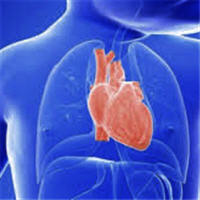
Factors Associated With Initiation of ECPR in the Pediatric Population
Although extracorporeal cardiopulmonary resuscitation (ECPR) is increasingly utilized in the pediatric critical care environment, our understanding regarding pediatric candidacy for ECPR remains unknown. Our objective... read more

Quantitative Characterization of LV Function During Pulseless Electrical Activity Using Echocardiography
Left ventricular function measured by LVFS is positively correlated with higher probability of rates of return of spontaneous circulation (ROSC) and may be associated with higher chances of survival in patients with PEA arrest. We... read more

Variation in Pediatric Palliative Care Allocation Among Critically Ill Children in the United States
Palliative care consultation for critically ill children in the United States is low. Palliative care utilization is increasing but considerable variation exists across institutions, suggesting inequity in palliative care... read more

Economical provision of blood components for critical patient transport across a large geographic area
With appropriate attention to detail, it is possible to provide life-saving blood components to aeromedical transport services across a large geographic area with efficient blood component usage, minimal blood wastage, and... read more

A novel, hands-free ultrasound patch for continuous monitoring of quantitative Doppler in the carotid artery
Quantitative Doppler ultrasound of the carotid artery has been proposed as an instantaneous surrogate for monitoring rapid changes in left ventricular output. Tracking immediate changes in the arterial Doppler spectrogram... read more
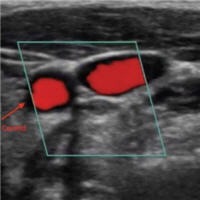
Confirming a Pulse during Resuscitation
Much has been written about using ultrasound in cardiac arrest. The REASON study found that identification of cardiac standstill in PEA or asystole is correlated with almost no chance of meaningful recovery and can assist... read more
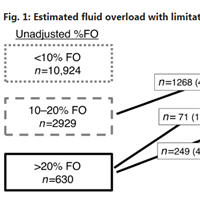
Non-resuscitation fluid in excess of hydration requirements is associated with higher mortality in critically ill children
Non-resuscitation fluid in excess of hydration requirements is associated with increased mortality in critically ill children. Excess maintenance fluid is a modifiable contributor to this fluid volume. Strategies to reduce... read more
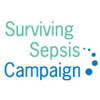
The Surviving Sepsis Campaign: Fluid Resuscitation and Vasopressor Therapy Research Priorities in Adult Patients
In the second of a series of manuscripts subsequent to the original article, members with expertise in the subjects expound upon the three identified priorities related to fluid resuscitation and vasopressor therapies. This... read more
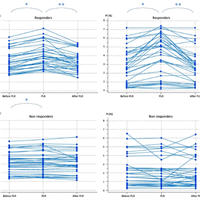
Increase in PI during PLR detects a positive response of the PLR test
An increase in perfusion index (PI) during passive leg raising (PLR) by 9% accurately detects a positive response of the PLR test. Three patients were excluded because the plethysmography signal was absent and 3 other... read more
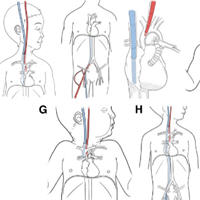
Pediatric Extracorporeal Cardiopulmonary Resuscitation ELSO Guidelines
Survival rates with good neurologic outcomes following conventional cardiopulmonary resuscitation (CPR) for cardiopulmonary arrest, either in the in-hospital (IH) or out-of-hospital settings, have improved but remain poor... read more

EROCA: Results of a Randomized Feasibility Trial of Expedited Out-of-Hospital Transport
Outcomes of extracorporeal cardiopulmonary resuscitation (ECPR) for out-of-hospital cardiac arrest depend on time to therapy initiation. We hypothesize that it would be feasible to select refractory out-of-hospital cardiac... read more
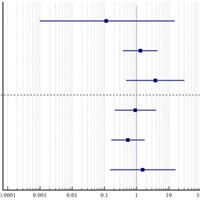
Association between the BMI and outcomes of patients resuscitated from OHCA
The body mass index (BMI) was not independently associated with favourable neurologic and survival outcomes of patients surviving from out-of-hospital cardiac arrest (OHCA). Nine hospitals were enrolled; finally, 605 patients... read more

Overcoming Enteral Nutrition Delivery Challenges in Critical Care
It is the essential implementation of this new evidence occurs to overcome real and perceived EN challenges. This data should lead to increased standardization/protocolization of ICU nutrition therapy to ensure personalized... read more
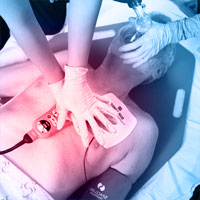
The Impact of Defibrillation on Aerosol Generation During CPR
Chest compressions alone did not cause significant aerosol generation in this swine model. However, increased aerosol generation was detected during chest compression immediately following defibrillation. Additional research... read more








